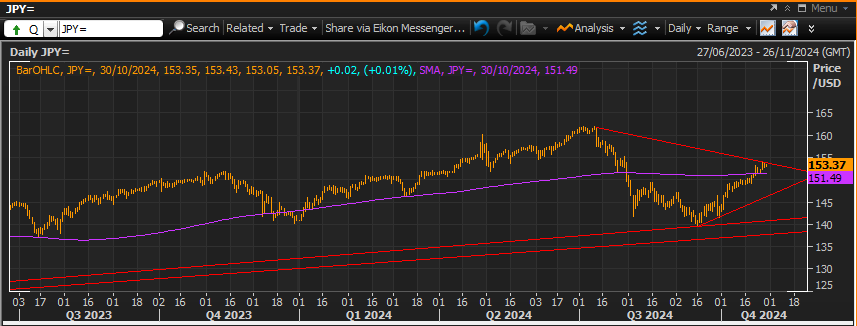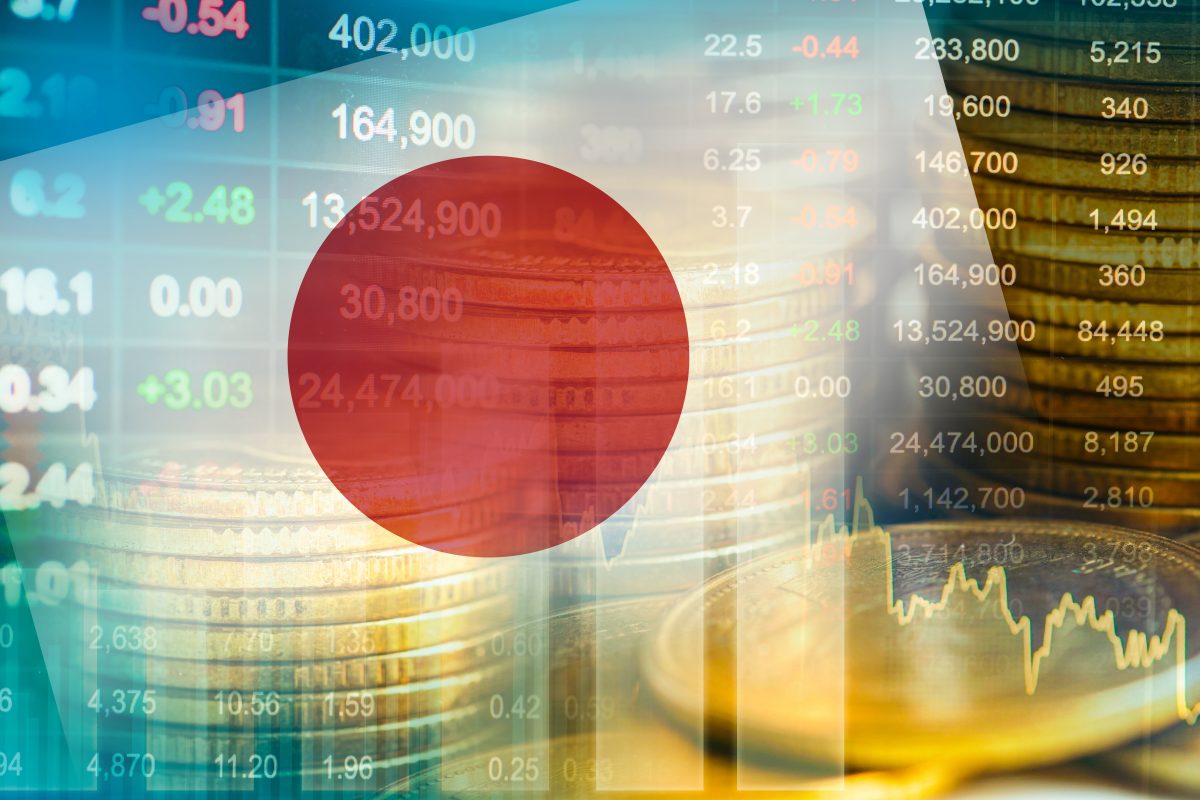The Bank of Japan (BOJ) is expected to keep rates steady at the conclusion of its latest meeting on Thursday, amidst uncertainties arising from recent political changes within Japan and external developments, particularly in the United States and the trajectory of the world’s largest economy.
Since its previous meeting in September, the BOJ has signaled a more cautious stance on its outlook for rates. Significant updates due shortly after this meeting may substantially influence the bank’s next decision. Notably, the upcoming economic events in the US are anticipated to have a greater impact on the timing of the BOJ’s next rate hike than domestic data. Both US employment figures and the outcome of the presidential election are set to be released within a week of the BOJ’s rate call, and both could have considerable effects on global markets. Market pricing currently suggests a strong chance of a Trump victory, a key factor behind the recent appreciation of the Dollar. Another robust Non-Farm Payroll (NFP) report could bolster the Dollar further.
Domestically, recent election results and the appointment of a new Prime Minister may place additional political pressure on the BOJ. However, what remains clear is that inflation in Japan is gaining momentum, as is wage growth. As with most central banks, the BOJ is likely to rely on data updates when making its next rate call, with many market participants anticipating a hike sooner rather than later.
The Yen has depreciated considerably over the last few months, with USDJPY rising over 10% from its mid-September low of around 139.50. Traders are expecting increased volatility in the coming days and weeks as the BOJ announcement competes with US economic updates for market direction. A surprise rate hike could significantly strengthen the Yen, causing rapid corrections to the upside; however, a more likely scenario may be a hawkish tilt from the BOJ, which would still lend support to the currency. A dovish outlook, on the other hand, could open the door for further Yen depreciation—a scenario both the BOJ and the Ministry of Finance would likely aim to avoid.
On the longer-term daily chart, USDJPY has recently peaked just below the 154.00 level, which now serves as the initial resistance level for any potential upside movement in the coming sessions. The 200-day moving average at 151.49 should provide initial support on the downside, with the next significant level further down near 147.00 along the trendline. Traders will likely follow the prevailing trend, with a dovish BOJ supporting this trajectory. A break above the 154.00 resistance could pave the way for a move towards the historic highs last seen in July this year.
Resistance 2: 161.99 – 2024 High
Resistance 1: 153.96 – October High
Support 1: 151.49 – 200 Day Moving Average
Support 2: 146.60 – Trendline Support






